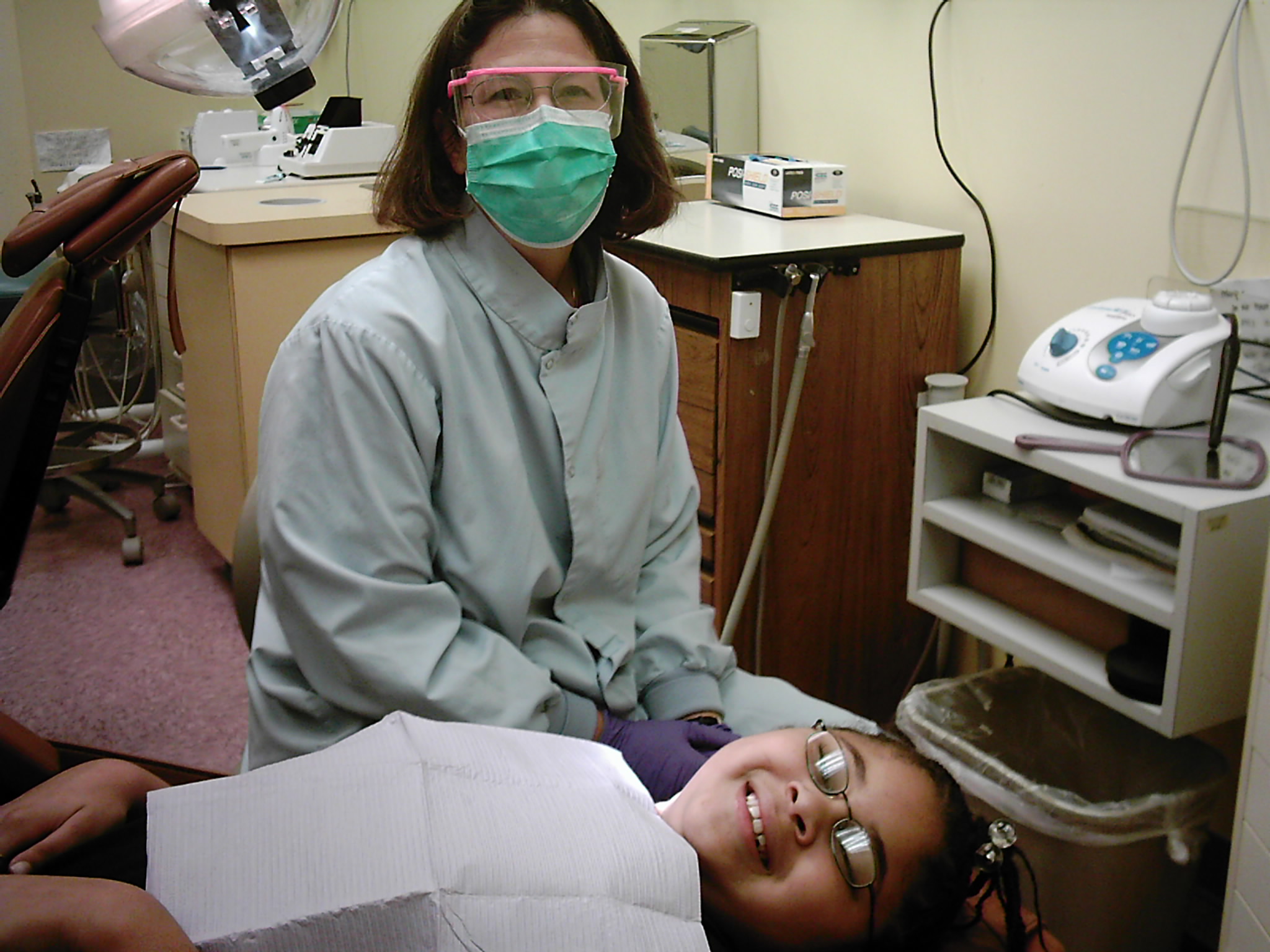Advancing Equitable Workforce Opportunities Post-Medicaid Adult Dental Benefit Expansion
Oral health is critical to overall health, impacting physical, mental, social and emotional well-being. Despite its importance, millions of people in the U.S. lack access to dental care. With the expansion of dental coverage through state Medicaid programs and potential for greater expansions in the future, a robust and well-distributed oral health workforce is necessary to meet increased community needs and demand. This resource page outlines the current limitations of the oral health workforce and proposes solutions to improve access to care.
“Communities, especially marginalized communities, should be at the forefront of selecting, designing, and implementing solutions that best meet their specific needs.

Understanding the Limitations of Our Current Oral Health Workforce
- Over 58 million people live in areas without enough dental providers, and people of color, Tribal communities, those living in rural areas, and those with low incomes are most affected by provider shortages.
- About one-third of dental professionals are expected to retire within the next five years.
- Approximately 70% of dentists and 80% of dental hygienists are white, with significant underrepresentation of Black, Hispanic, and American Indian/Alaska Native communities.
Strategic Approaches to Improving the Oral Health Workforce
Addressing systemic inequities in dentistry requires concerted efforts to dismantle systemic barriers and promote equity and inclusion within the profession. This includes policies to increase the racial diversity of dental professions and also policies to address workplace conditions that help recruit and retain a diverse pool of dental providers along racial, ethnic and gender lines.
Some examples are:
- Authorize dental therapists to provide care in community settings
- Utilize Community Health Workers (CHWs) to connect people to providers and newly added benefits
- Increase state and federal funding for oral health workforce programs
- Advance equity, inclusion, and systems change by implementing targeted recruitment and retention strategies and prioritizing pay equity
Dental care represents one of the most significant financial burdens of any health care service. Increasing access to timely, preventive care has potential to foster savings of up to $1.1 billion annually.
While access to insurance and the expansion of Medicaid benefits can impact people’s ability to get the care they need, traditional approaches to improving oral health are inadequate, antiquated, and have failed to meet community need. If the oral health workforce is not effectively designed to meet the demand, access barriers and worsening oral health will only be perpetuated. We must act now to solidify long-term coverage and workforce solutions, or we will find ourselves in the same predicament for years to come.
Get Involved
- Sign the Petition to show your support for Congress acting on comprehensive dental coverage
- Share Your Story about your experiences with lack of affordable dental care